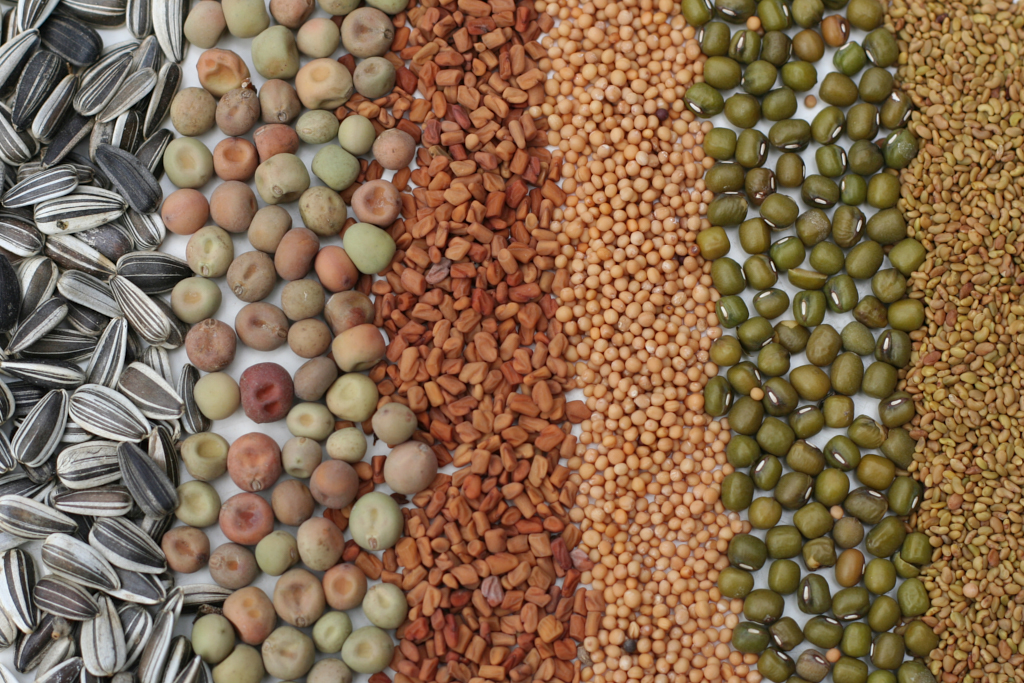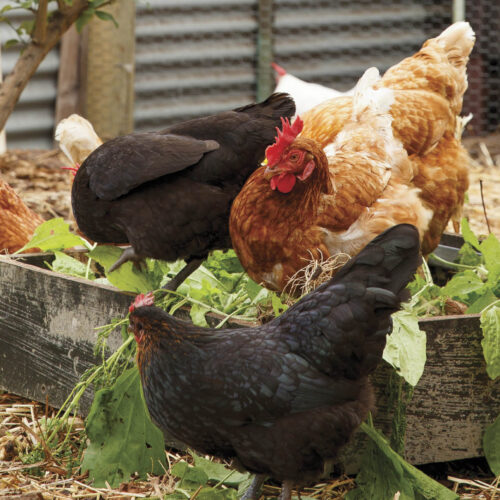Planting seed
2020-04-06T03:19:44+10:00
First time sowing seed? Here's some tips for new growers to follow, as well as a guide to the plants best grown from seed and then planted out.
You will need:
- A container for the seed – any shallow dish will do as long as you can make holes in the base. You can reuse a punnet or seed tray, or plant into a polystyrene box. Small seeds can also be planted in egg cartons and large seeds in the cardboard centre of toilet rolls with the bottoms folded over.
- Seed-raising mixture Buy the seed-raising mix from a plant nursery or supermarket or make it by mixing finely chopped coir and either river sand or perlite in equal amounts. Alternatively use equal amounts of finely sieved soil and finely sieved good quality compost.
- A small board or stiff piece of cardboard to level the surface of the soil. ?
- Seed for planting.
- Labels and marker pen or pencil.
To plant your seed:
- Make sure the container is clean. Wash in warm soapy water if it’s been used before.
- Fill the container with the seed-raising mixture.
- Level the surface of the seed-raising mixture by scraping it with the edge of the board or flattening with your fingers.
- Then firm it down by pressing with your hands. The soil surface needs to be flat or all the seed may be washed to one end of the container when you water it.
- Check the soil level. There should be a small gap (about 1 cm) between the surface of the soil and the top of the container. Water carefully and firm down again.
- Read the back of the seed packets to make sure you are planting seed at the right time of the year for your area. Sprinkle small seeds evenly over the surface of the soil, or plant in small trenches if the seeds are larger. Mix a teaspoon of sand with very tiny seed to make it sow more evenly.
- Cover seed with a thin layer of seed-raising mixture and water again. Use a watering can with a fine rose or a hose with a water-breaking nozzle so that you don’t wash the seed out of the container. If you don’t have either of these then sit the container in a couple of centimetres of water until it soaks to the surface, then remove.
- Write the name of the seed and the date on a label and place it at the end of the container. I save and use ice-cream sticks for these.
Maintaining seeds until ready to plant
- Put the container in a shady sheltered position where strong winds can’t get to it. Under a tree on or in the corner of a verandah are both good spots. If you’ve got lots of containers with seeds, put them into a polystyrene box or similar. This will provide wind protection. If it’s very cold cover with plastic sheeting or glass to create a mini-greenhouse.
- Give your seeds and seedlings water whenever they need it. This can be several times a day in hot dry weather. If you forget, and the seeds or seedlings dry out, they will die. Equally don’t water too often, if the soil stays soggy and wet, fungal diseases will kill the seedlings.
- When the seedlings are about 6 cm high they are ready to be planted into bigger pots or into the garden.
What to plant:
All vegies can be grown from seeds sown into containers, but some do better if planted directly into the ground. To find out what can be planted now, refer to our planting guides here. Vegies that can be grown from seeds sown into containers and then planted out as seedlings:
- Amaranth, Asian greens, beetroot, broccoli, Brussels sprouts, cabbage, capsicum, cauliflower, celery, chicory, chilli, cucumber, eggplant, Florence fennel, kale, kohlrabi, leeks, lettuce, okra, onions, rocket, rockmelon, silverbeet, spinach, tomatoes, watermelon, zucchini.
- Vegies that are best sown direct into the ground: Beans, broad beans, carrot, parsnip, peas, pumpkin, radish, swede, sweetcorn, turnip.
- To find out about how to sow carrots and parsnips go here.
- Herbs that can be grown from seed include: alpine strawberry, basil, borage, catmint, chamomile, chives, coriander, dill, fennel, heartsease, lavender, lemon balm, marigold, marjoram, mint, nasturtium, oregano, parsley, pennyroyal, rosemary, sage, salad burnet, sunflower, thyme, violets.






